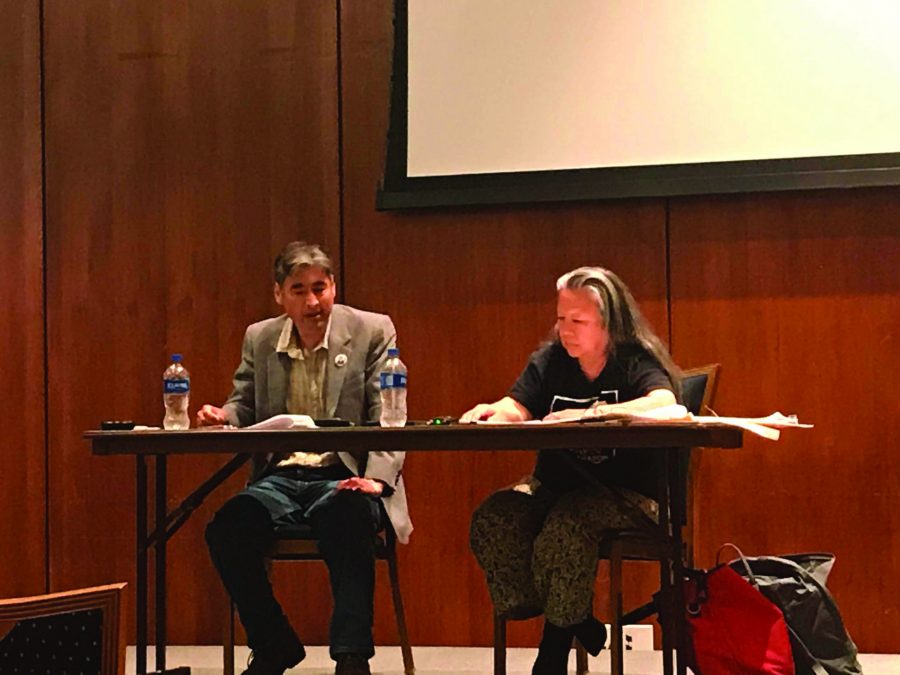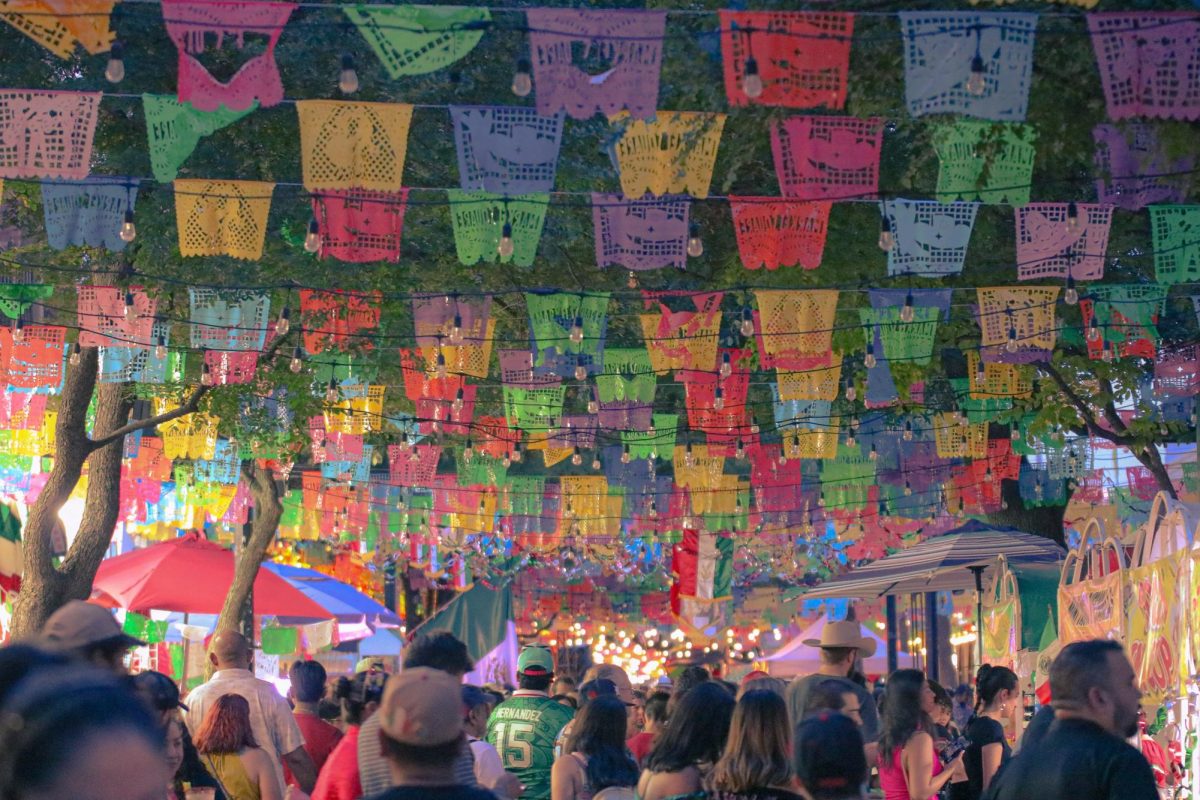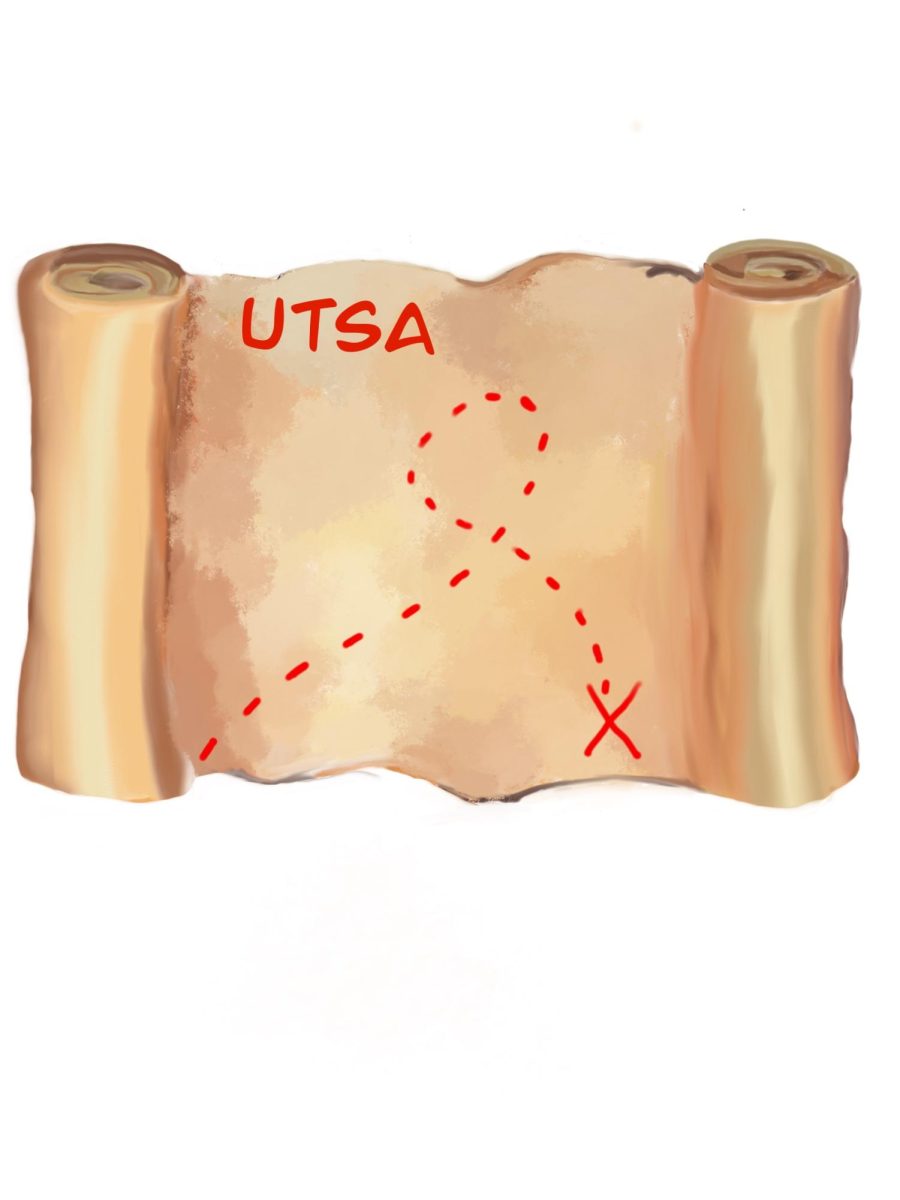On March 28, the UTSA Department of History hosted a discussion about the Enemy Alien Program and Japanese-American and Japanese-Latin American internment during World War II. Grace Shimizu, the co-founder of the Japanese Peruvian Oral History Project, and Mitchell Higa, a descendent of a Japanese detainee, both led the presentation. According to the speakers, Japanese incarceration is often overlooked and under taught in history classes, leading to widespread ignorance.
“For me, my family and the community advocating for its [retribution]…we’re not in the history books. It’s only through these kinds of presentations and word of mouth…how our stories get preserved and passed on,” Shimizu said.
The speakers mentioned that there was a camp located in Crystal City, Texas. It initially began as a migrant labor camp, but it later became a multinational detention facility for “enemy alien” families during World War II.
Higa also spoke about his grandfather’s forced relocation from the Manzanar camp in Inyo County, California, to a Santa Fe, New Mexico camp, then finally to Crystal City. At the time, his grandfather was an immigrant with seemingly no chance of becoming an American citizen.
“There was a recurring theme during World War II for my family…of fear and anger rising from feeling helpless, a loss of freedom…a lack of information,” Higa said.
Although Higa’s grandfather faced deportation to Japan, he was able to stay in the U.S. because he did not commit any crimes and because he had a son who was an American citizen. Finally, in June 1946, the U.S. attorney general released him and his family in Los Angeles.
“I don’t consider my grandfather a resister…I don’t consider him a person who brought shame to his family…I’m just proud of him and that he did what he thought was right for his family and his situation…I have a lot of respect for him and his courage,” Higa said.
Higa also explained that the Civil Liberties Act of 1988, signed into law by Ronald Reagan, granted redress to Japanese Americans who were unlawfully incarcerated by the U.S. government during World War II. However, this act was introduced too late because many of the victims had already passed away. The act did not include Japanese-Latin Americans because they were still considered illegal aliens even though they were brought to the U.S. by its government.
Shimizu emphasized that since so many of the victims have passed, it is important to find those who are still alive and preserve their stories so that they will never be forgotten. To this day, people are still coping with those events in different ways, such as internalizing their anger or giving up part of their Japanese culture to become more American. Shimizu mentions that everyone has a moral responsibility to recognize and put an end to unethical acts that target marginalized communities.
“When we see violations going on…we have the responsibility to put a stop to it and give the help that’s necessary to those children, to those families, to those communities that are undergoing that so that they can have some bit of recovery,” Shimizu said.












